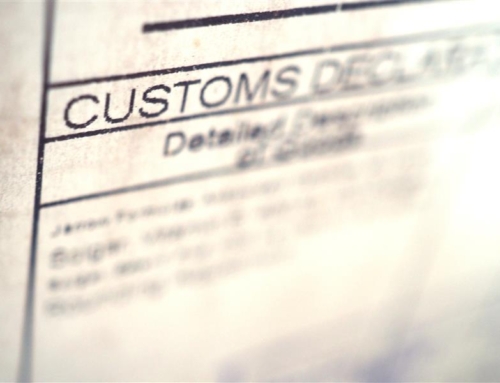On May 31, 2024, the Court of International Trade (CIT) stated that the duty drawback claim liquidation timeframes are defined by the end of the protest timeframe. The case issues clear guidelines on the conditions under which duty drawback claims become deemed liquidated, which could potentially have significant implications for importers and claimants who file drawback claims.
UNDERSTANDING DEEMED LIQUIDATION
The CIT’s ruling indicates that a duty drawback claim is deemed liquidated one year after filing, providing the underlying import entries are both liquidated and final. The case defines finality as the last day of the 180-day protest window.
“Under 19 U.S.C. § 1504(a)(2), Customs generally has one year within which to liquidate drawback claims. If Customs fails to liquidate the drawback claims during that one-year period, and no specified exception applies, the drawback claims liquidate by force of law, that is, they are deemed liquidated. Drawback claims that are deemed liquidated are assessed at the duty rate asserted by the drawback claimant. 19 C.F.R. § 190.81(e)(2). Before the one-year time period elapses, however, Customs may extend the time in which it may liquidate a drawback claim. Customs may extend the time period for liquidating a drawback claim up to three years, resulting in a total of four potential years before the claim will liquidate by operation of law.”
Court of International Trade Ruling
CASE-SPECIFIC OUTCOMES
In the specific case heard by the CIT, the court reviewed two duty drawback claims made by the same claimant. One claim was deemed liquidated because the associated import entries were liquidated and were not final within the one-year time frame requirement. However, the other claim was not deemed liquidated because its entries were not final within one year of the claim’s filing. CIT cited 19 U.S.C. § 1514, which generally states that entry liquidation “is final and conclusive upon all persons unless a protest is filed.”
“The CIT decision and clarification on the duty drawback claim liquidation process, and timeframes are welcome developments for the trade community. It enhances transparency, reduces uncertainty, and provides a clear framework within which claimants can operate.”
Kate Rayer, LCB, CCS | Vice President, Regulatory Services | Green Worldwide Shipping
IMPLICATIONS TO CLAIMANTS
A key aspect of CIT’s ruling is the definition of liquidation finality. The ruling emphasized that liquidation is considered final and conclusive unless a protest is filed within 180 days. As such, if the protest period has not expired within one year of the duty drawback claim’s filing, deemed liquidation does not occur. The practical benefit of this ruling to claimants is significant. Claimants can now manage drawback claims to ensure the claims are deemed liquidated if the import entries are liquidated and final within the time frame.
Stay up-to-date on freight news with Green’s Weekly Freight Market Update by following us on LinkedIn. For continuous updates, make sure to check out our website at greenworldwide.com.






